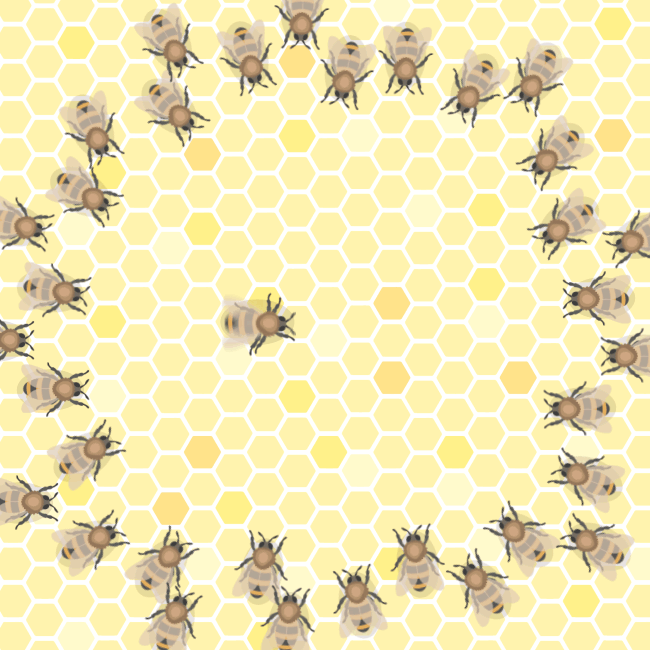How to Explain 'Emergence' to a 6-year Old
It is the "inter-action" not the "inner-action" that defines our vibrant world
Imagine you're playing with your favorite set of building blocks. Each block, on its own, is simple and straightforward. You know its color, its size, and how it feels in your hand. Now, think about the most fantastic structure you've ever built with those blocks. Even if someone gave you a list of every block you used, could they guess exactly what you built?
Probably not.
Because it's not just about the individual blocks; it's about how you put them together. The magic happens in the connections, in the way one block sits atop another, creating bridges, towers, or even castles.
That's a lot like bee and its dance. We might know everything about a single bee, but when lots of bees come together, something special happens. They begin to dance in ways we couldn't have guessed by looking at just one bee. It's not about what's going on inside each bee; it's about how they work together. Their dance, like your amazing block structure, comes from the interactions of many, many bees.
This is what scientists call "emergence." It's like a surprise party: you might know all the guests, but you can't predict the fun and memories that'll emerge when everyone's together. In the world around us, whether it's bees dancing, blocks connecting, or people laughing together, the true magic often lies not in the pieces themselves but in how they come together.
Simply put — it's the inter-action, not the inner-action, that makes the magic happen.
Emergence in Technology
The concept of emergence isn’t limited to nature. Today’s most groundbreaking innovations often spring from the interactions of simple elements. Let’s dive into some modern examples:
Silicon to Supercomputers: At the heart of every computer, smartphone, or tablet is a microchip. This chip is made of billions of tiny electronic switches called "transistors" that can either be on or off, much like a light switch. Individually, these transistors can't do much. But when billions of them start "talking" to each other, sharing information and making lightning-fast decisions, they give rise to the amazing computing power we see today. From playing video games to exploring virtual worlds, all emerge from these billions of tiny on-off switches working in harmony.
Elementary Math to AI Masterpieces: Think of artificial neurons in neural networks as students in a classroom, each doing simple math problems. Alone, a student solving a math problem is straightforward. But imagine a billion students working together, sharing their answers, and building upon each other's work. Suddenly, we've moved from basic arithmetic to advanced calculus. This is how systems like GPT function. Billions of artificial neurons, each doing simple math, come together to understand and generate human-like text. It’s emergence in action, turning simple math into thought-like processes.
Buyers and Sellers to Global Economies: Every time someone buys a toy, a book, or even a cup of coffee, they're participating in the economy. On their own, these transactions are simple and direct. But when you consider billions of these transactions happening worldwide, they give rise to intricate economic systems, stock markets, and global trade networks. These systems are so complex that even the brighest minds in the history could not predict (even Isaac Netwon lost money in the stock market). What might seem like a simple purchase can influence economic trends, stock prices, and even international relations.
Individual Posts to Social Movements: Think about social media. A single tweet or post may seem inconsequential. But when millions resonate with that sentiment and start sharing and posting about it, massive social movements can emerge. Movements started with individual stories and feelings but rapidly grew into global calls for change, reshaping societal discussions and policies.
Simple Rules to Complex Games: Consider the video games children and adults enjoy. The graphics, stories, and experiences in these games emerge from lines of code, each one simple and directive. But when millions of these lines of code interact, they create expansive virtual worlds, intricate storylines, and engaging gameplay. It’s not just the code, but how they relate and work together that brings the game to life.
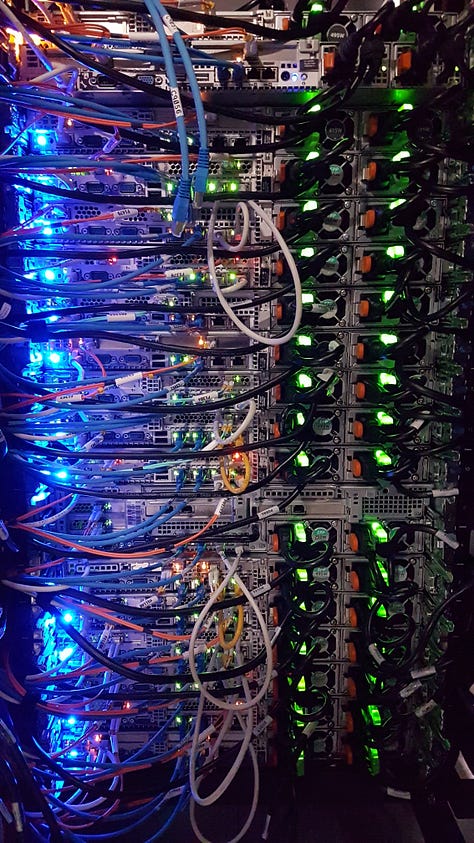

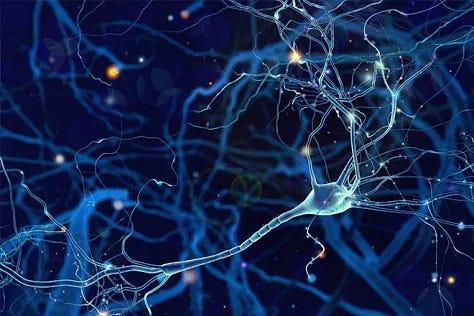

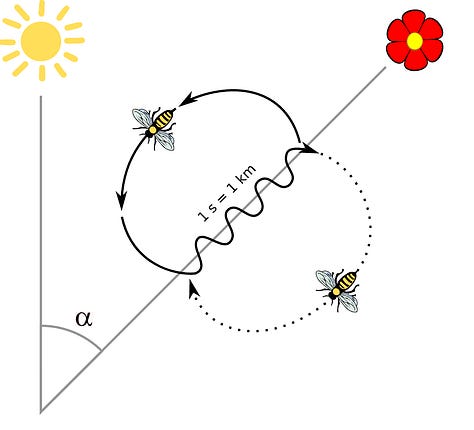




The magic of emergence lies everywhere. Whether it’s the natural dance of bees, the intelligence of AI, or the pulse of global economies, it all boils down to simple components interacting in complex ways. When individual pieces come together, they create patterns, systems, and innovations far greater than the sum of their parts.
Emergence in Science
Emergence is more than just a fascinating concept; it's a pivotal shift in how we approach understanding the universe.
For millennia, scientists have meticulously dissected the inner-workings of entities, from the atomic structures of materials to the biological mechanisms of organisms. This pursuit of reductionism—breaking things down to their most fundamental parts to understand them—has borne fruit in countless ways. It's the reason we understand the periodic table, the human genome, and the principles of classical physics. The Large Hadron Collider (LHC), one of the most ambitious scientific endeavors, embodies this approach, diving deeper into the subatomic realm than ever before.
However, there's a growing sentiment that we may have hit a kind of intellectual bedrock. Despite the colossal investment and expertise poured into projects like the LHC, there are diminishing returns in our discoveries. While understanding the inner-actions remains crucial, the tide is beginning to turn, emphasizing the importance of interactions and emergence.
Why? Because emergence encapsulates phenomena that can't be understood merely by examining individual components. It pushes us to think about systems, relationships, and networks, rather than isolated entities. As we stand at the frontier of scientific discovery, the focus is shifting from the "notes" to the "symphony," from isolated particles to intricate patterns.
One of the most captivating illustrations of emergence in modern physics is the phenomenon of superconductivity. At certain temperatures, specific materials transition into a superconducting state, conducting electricity without any resistance. This isn't just about individual atoms or electrons behaving differently, but a collective, emergent behavior arising from their interactions. The phase change into superconductivity remains one of the grand puzzles of condensed matter physics. Despite our deep understanding of atomic and subatomic particles, the holistic nature of this transition defies a purely reductionist explanation, further underscoring the importance of studying emergent behaviors in science.
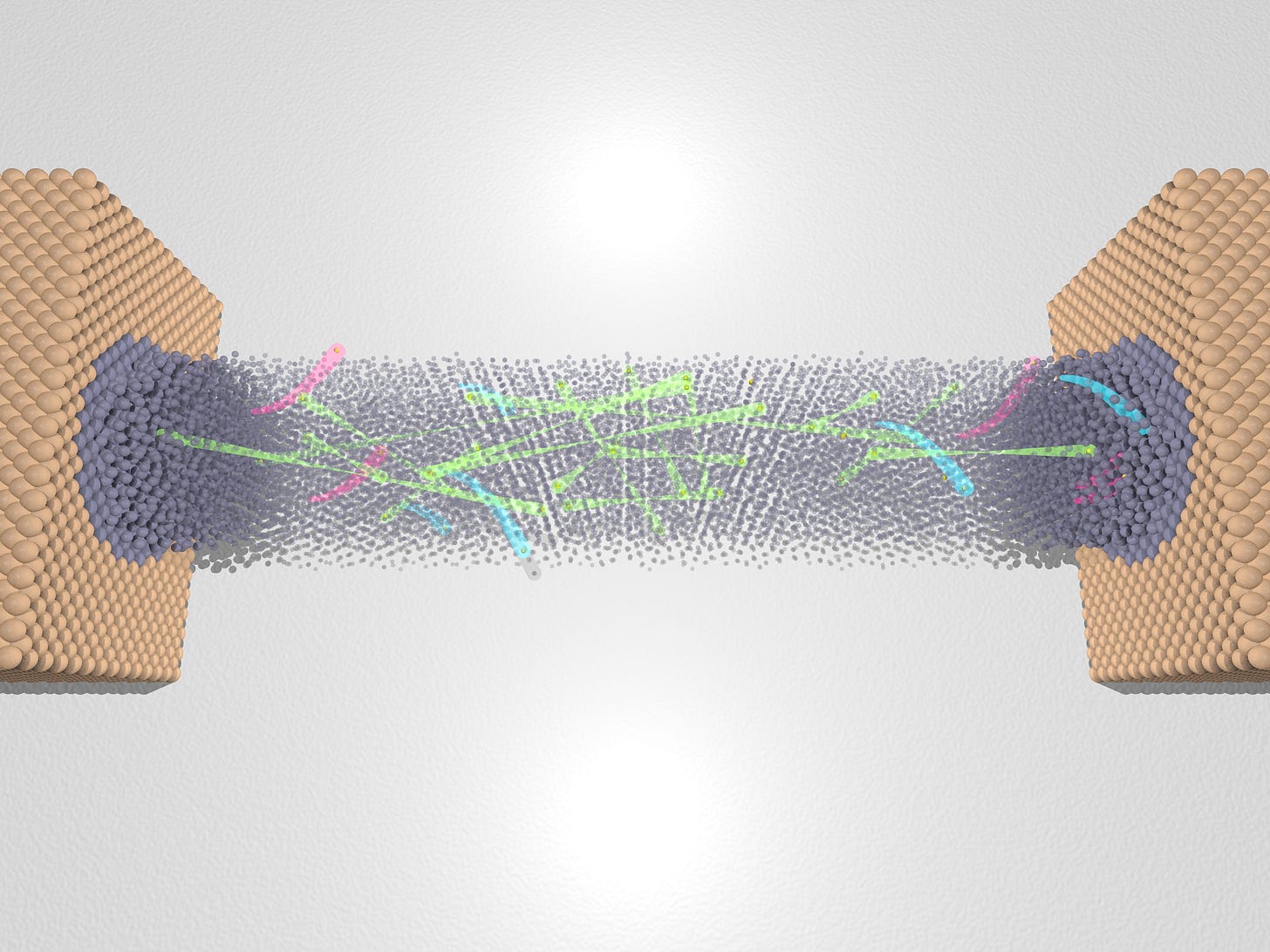
If the previous 3000 years was marked by a quest to understand the smallest building blocks of matter, the 21st century might very well be defined by our journey to understand the vast, interconnected dance of emergence. It reminds us that sometimes, to truly understand the universe, we need to step back and appreciate the grand choreography of elements coming together, creating a spectacle greater than the sum of its parts.
As we forge ahead, it's this balance between the microscopic and the macroscopic, the inner-action and the interaction, that will shape the next era of discovery. Embracing emergence doesn't negate the achievements of reductionism; instead, it adds another layer of complexity and beauty to our quest for knowledge. In this dance of understanding, both the solo and the ensemble play indispensable roles.




